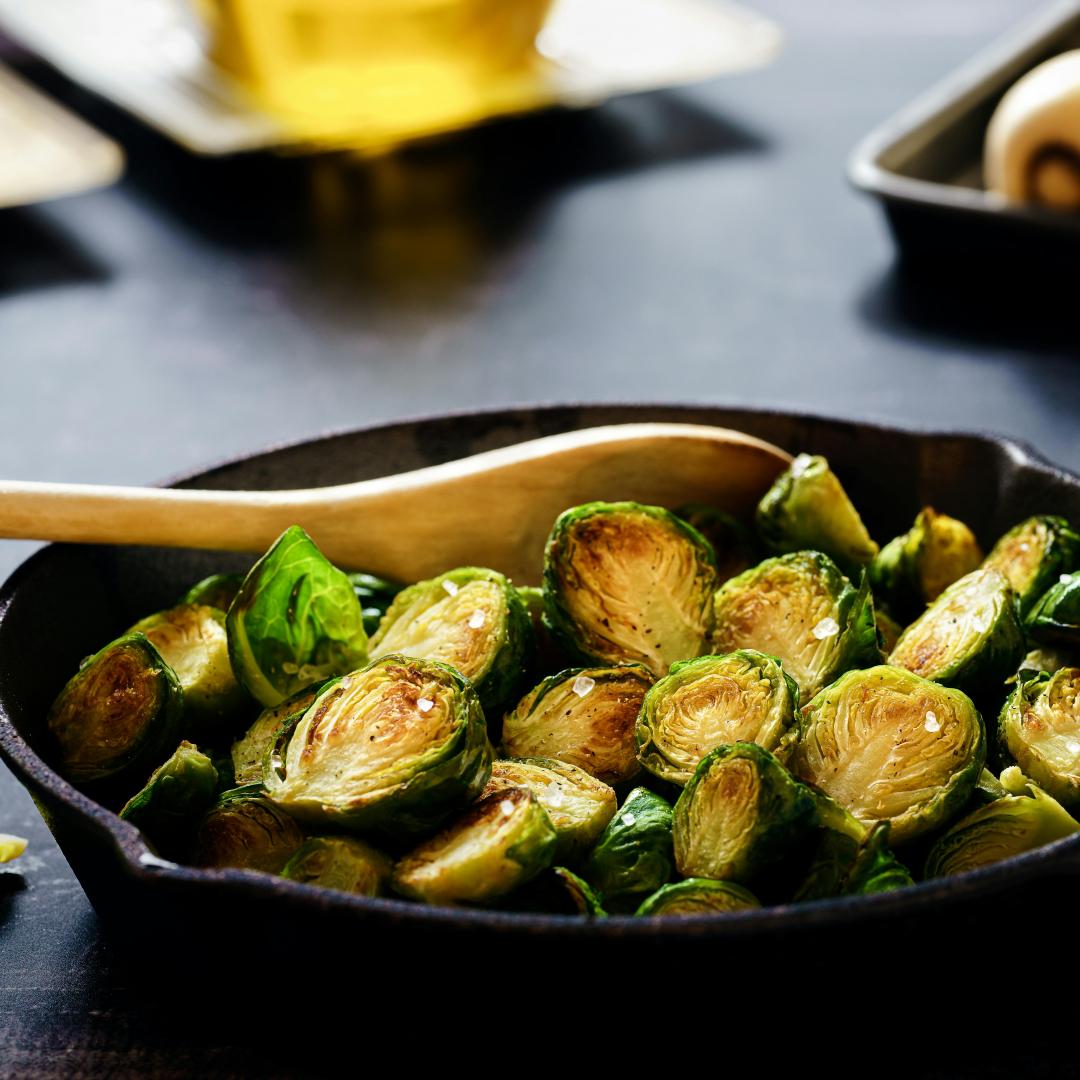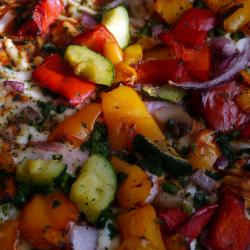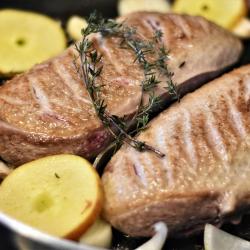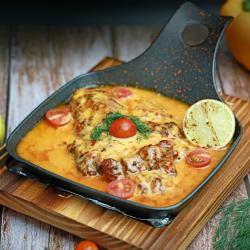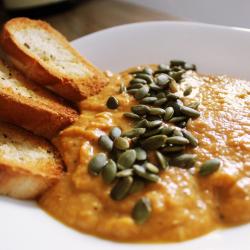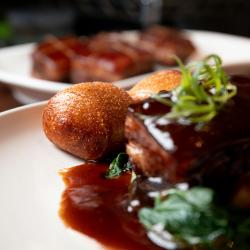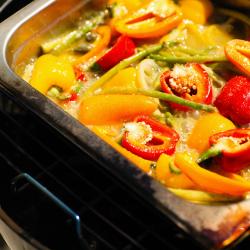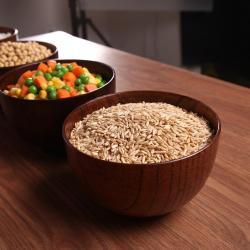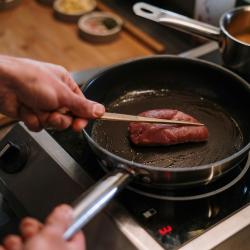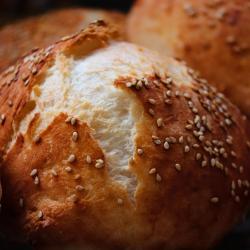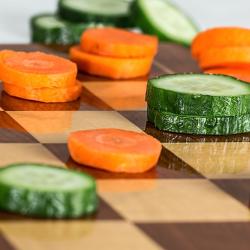How to Cook with Cast Iron: Tips for Flavorful and Even Cooking
Cast iron cookware has seen a resurgence in popularity in recent years, and for good reason. Renowned for its versatility, durability, and ability to retain heat, cast iron can elevate your cooking game, allowing you to create flavorful dishes with even cooking. Whether you're a seasoned chef or a home cook, mastering the art of cooking with cast iron can transform your culinary experiences. Here are some essential tips to help you make the most of this timeless kitchen tool.
1. Seasoning Your Cast Iron
Before using your cast iron cookware, it's crucial to season it properly. Seasoning involves coating the cast iron with a layer of fat and heating it to create a natural, non-stick surface. Follow these steps to season your skillet:
- Clean Thoroughly: Start by scrubbing your cast iron with warm water and a small amount of soap to remove any factory residue. Dry it completely.
- Apply Oil: Rub a thin layer of vegetable oil or melted shortening over the entire surface, including the exterior.
- Bake: Place the cookware upside down in an oven preheated to 375°F (190°C) with a sheet of aluminum foil on the lower rack to catch drips. Bake for an hour, then let it cool in the oven.
2. Preheating is Key
One of the secrets to even cooking with cast iron is proper preheating. Cast iron takes longer to heat than other materials, but once it's hot, it retains and distributes heat efficiently. Place your skillet on a burner over medium heat and let it warm up for about 5-10 minutes before adding any ingredients. This step ensures that your food cooks evenly without hot spots.
3. Use the Right Amount of Oil
While a well-seasoned cast iron skillet is naturally non-stick, using a small amount of oil or fat can enhance its cooking performance. Preheat the oil before adding food to promote even browning and prevent sticking.
4. Avoid Drastic Temperature Changes
Cast iron is prone to thermal shock, which can cause it to crack. Avoid placing a hot skillet under cold water or adding cold ingredients to a hot pan. If you need to deglaze or add liquid, use warm broth or water to prevent damage.
5. Embrace Versatility
One of the greatest advantages of cast iron is its versatility. You can use it on the stovetop, in the oven, on the grill, or even over an open flame. This adaptability makes it perfect for a variety of cooking techniques, from searing and sautéing to baking and roasting.
6. Maintain Your Cast Iron
Taking care of your cast iron cookware ensures its longevity and performance. After each use, clean your skillet with warm water and a stiff brush. Avoid using soap, as it can strip away the seasoning. For stubborn residue, sprinkle some coarse salt into the skillet and scrub it with a paper towel. Rinse and dry thoroughly, then apply a light coat of oil before storing.
7. Experiment with Different Recipes
Cast iron is ideal for a wide range of dishes. Try your hand at classic recipes like cornbread, steaks, or frittatas. The skillet's excellent heat retention also makes it perfect for slow-cooked meals, like stews or braises. With cast iron, you're only limited by your imagination.
8. Know When to Re-season
Over time, your cast iron skillet may need re-seasoning, especially if food starts to stick or the surface appears dull. Simply repeat the seasoning process to restore its non-stick properties and ensure continued even cooking.
Cooking with cast iron is a rewarding experience that enhances flavors and textures in your dishes. With proper care and a little know-how, cast iron can become a staple in your kitchen, providing reliable and enjoyable cooking results for years to come. So, fire up your stove, grab your cast iron skillet, and start exploring the endless culinary possibilities!
